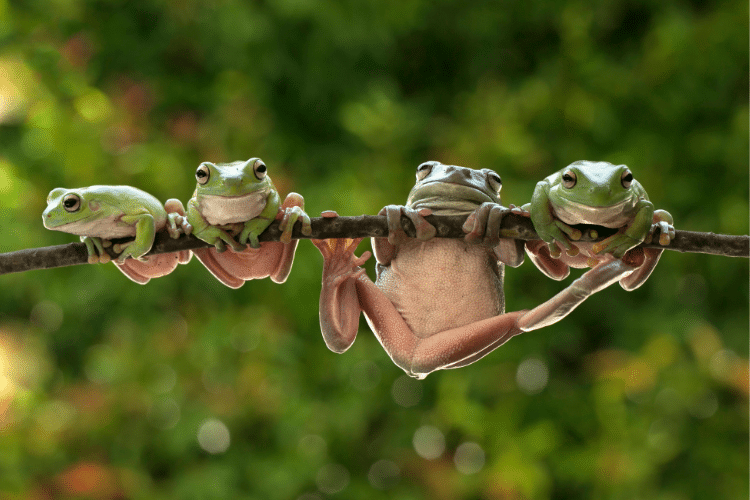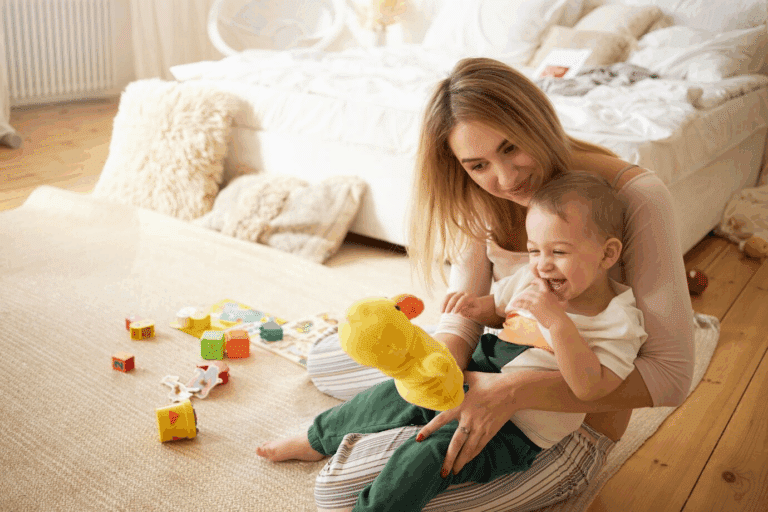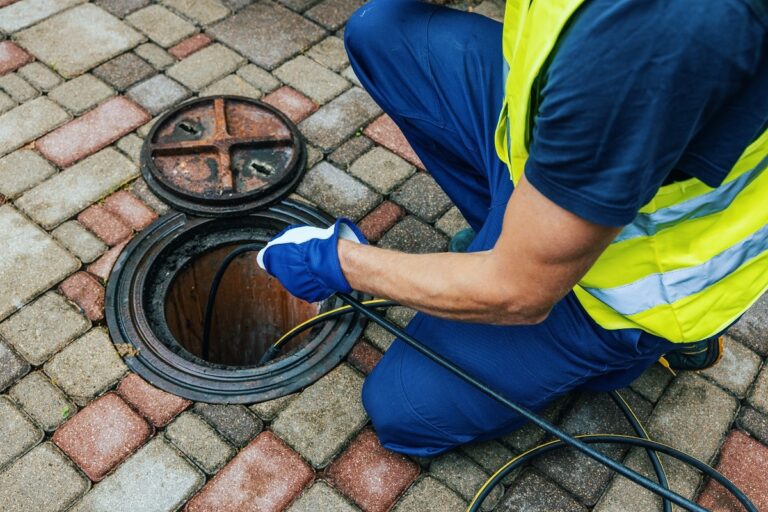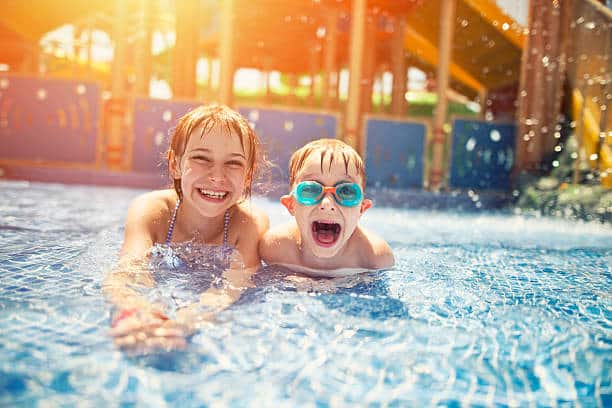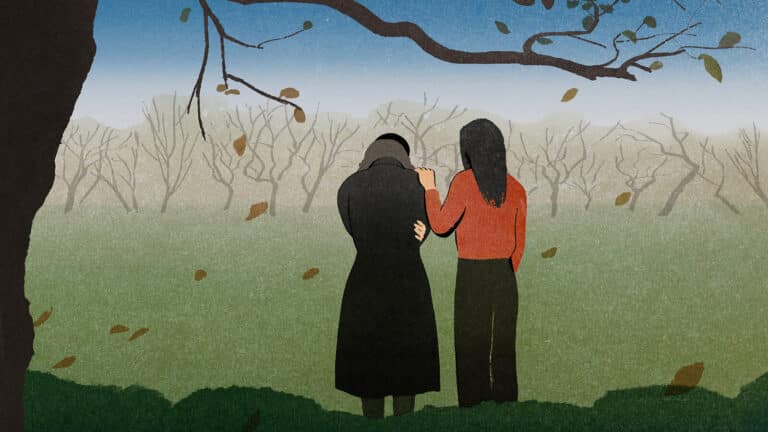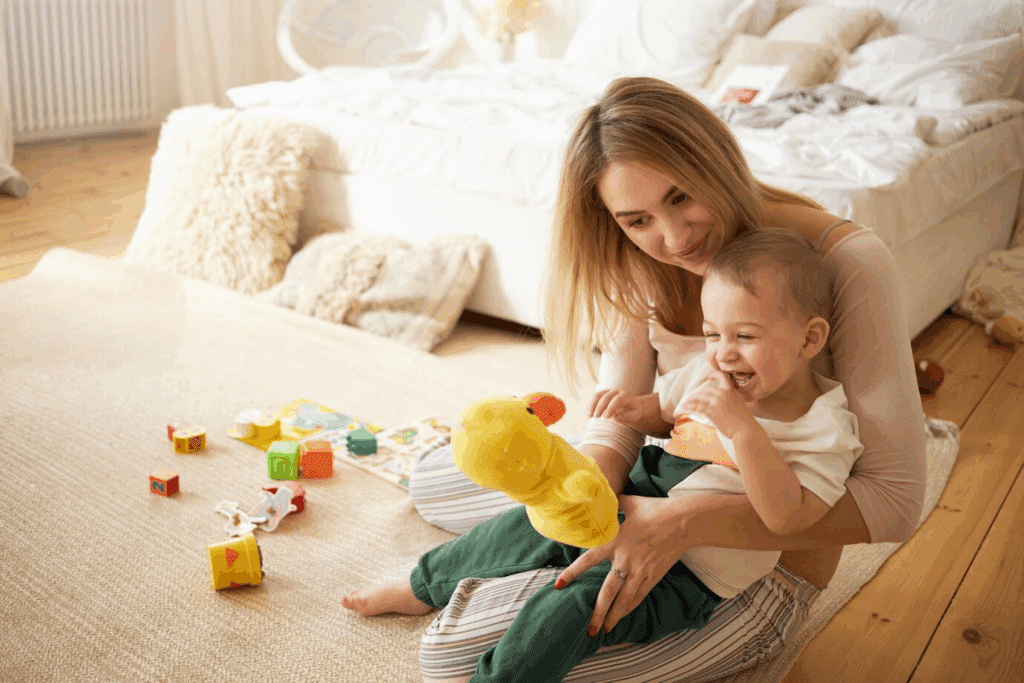There’s something magical about a pond. The still water, buzzing insects, and jumping frogs make it an exciting place for kids to explore. Whether you have a pond in your backyard, visit one at a park, or dream of creating a mini water habitat, learning about pond life is an adventure that sparks curiosity and creativity.
What Lives in a Pond?
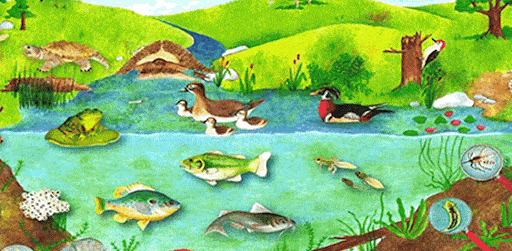
Ponds are teeming with life! Tiny creatures swim beneath the surface, birds soar overhead, and plants provide shelter for insects and fish. One of the most fascinating transformations in a pond is the journey from tadpole to frog. Watching a little wiggly creature grow legs and become a leaping amphibian is a fun and educational experience for kids.
If you’re thinking about bringing the wonders of pond life closer to home, consider exploring pond care and accessories from www.yourpondpros.com. They offer everything you need to keep a pond healthy and thriving, making it a perfect habitat for fascinating creatures.
The Amazing Frog Life Cycle
Frogs begin their lives as tiny eggs floating in clusters, often called frogspawn. These eggs hatch into tadpoles, which resemble miniature fish with long tails. Over the next several weeks, tadpoles grow hind legs, then front legs, and their tails shrink. Soon, they transform into little frogs, ready to hop onto land!
Encouraging your kids to observe these changes can be a great hands-on science lesson. If you have a small pond or access to a local one, keeping a nature journal can help children track their discoveries. Drawing pictures of tadpoles and writing down their changes is an engaging way to document nature’s wonders.
The Tiny Creatures of a Pond
Beyond frogs, ponds are home to many other creatures. Water striders glide across the surface, dragonflies zip through the air, and snails creep along rocks. Some of the smallest but most important creatures in a pond are insects and microorganisms that keep the ecosystem balanced.
Encourage your kids to scoop up a small jar of pond water and observe it with a magnifying glass. They might spot tiny creatures like daphnia (water fleas), which look like jumping dots, or mosquito larvae wiggling near the surface. These small critters play an essential role in the food chain and help keep the pond thriving.
Creating a Kid-Friendly Backyard Pond
Building a backyard pond can be a fun family project. It doesn’t have to be large—a small, shallow pond with plants and a few rocks can attract frogs, insects, and birds. To keep the water clean and inviting, consider using pond filters and aeration systems.
When designing a pond for your kids to enjoy, make sure there are safe edges, shallow areas, and easy access points. Adding floating plants like water lilies can provide shade and shelter for aquatic life, while a small fountain or waterfall can keep the water moving and fresh.
Fun Activities to Do at the Pond
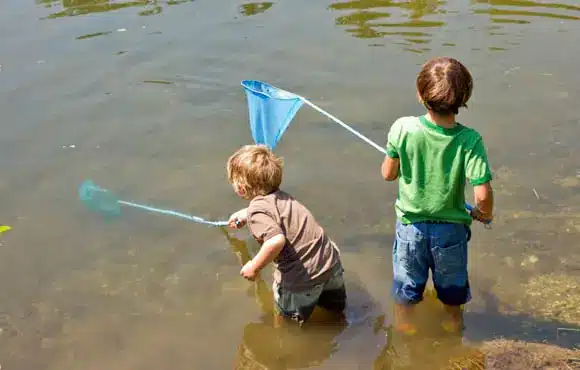
A visit to a pond isn’t just about watching frogs—it’s an opportunity for hands-on learning and outdoor fun! Here are some exciting activities to try:
- Pond Dipping: Use a small net to scoop up water and examine what’s living beneath the surface. Release everything back gently.
- Nature Scavenger Hunt: Make a list of things to find, like a dragonfly, lily pad, or a frog jumping.
- Sound Safari: Close your eyes and listen—can you hear birds, buzzing insects, or the croak of a frog?
- Leaf Boat Races: Find small leaves or twigs and float them on the water to see which moves fastest.
These simple activities make pond visits interactive and exciting for kids of all ages.
Protecting Pond Wildlife
Ponds are delicate ecosystems that need care and respect. Teach kids to observe wildlife without disturbing it. Avoid throwing trash or feeding animals human food, as this can disrupt the natural balance.
If you have a pond at home, maintaining clean water is crucial. A well-kept pond attracts more wildlife and provides a healthier environment for frogs, fish, and insects. Simple steps like adding beneficial bacteria, removing algae, and using proper pond care products help keep the ecosystem stable.
Bringing Pond Life Indoors
If you don’t have access to a pond, you can still explore aquatic life at home! Setting up a small tank with aquatic plants and a few pond snails can be a wonderful way for kids to observe nature up close. Reading books about pond creatures, drawing frog life cycles, or watching online videos can also bring the magic of ponds into your home.
Conclusion
Ponds are fascinating places filled with life and learning opportunities. Whether watching tadpoles grow, exploring insect life, or building a small backyard pond, kids can connect with nature in fun and meaningful ways. By encouraging curiosity and respect for wildlife, we can help the next generation appreciate and protect these watery habitats.

